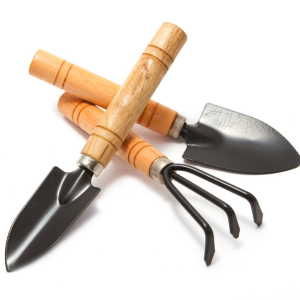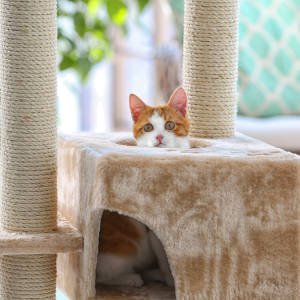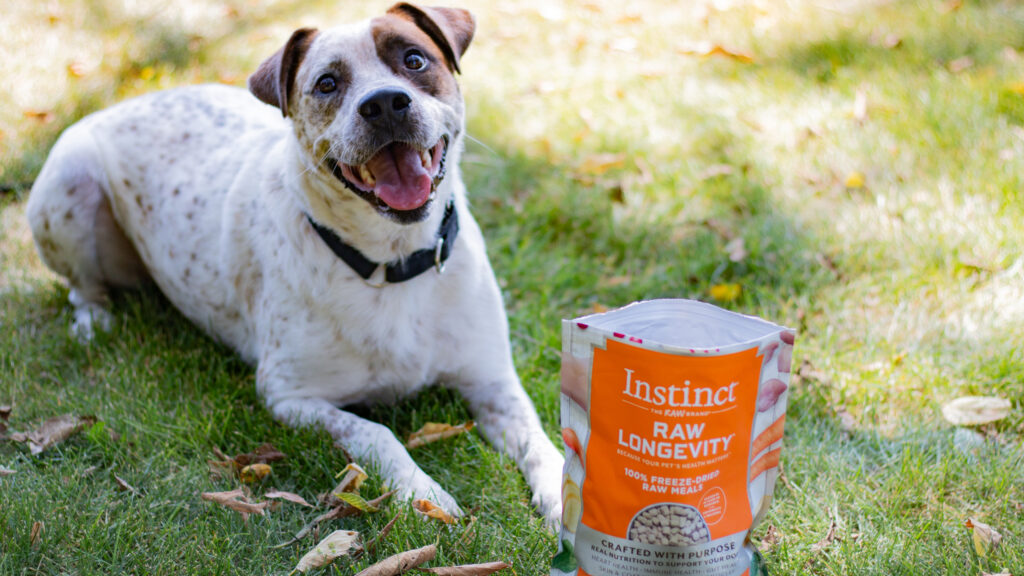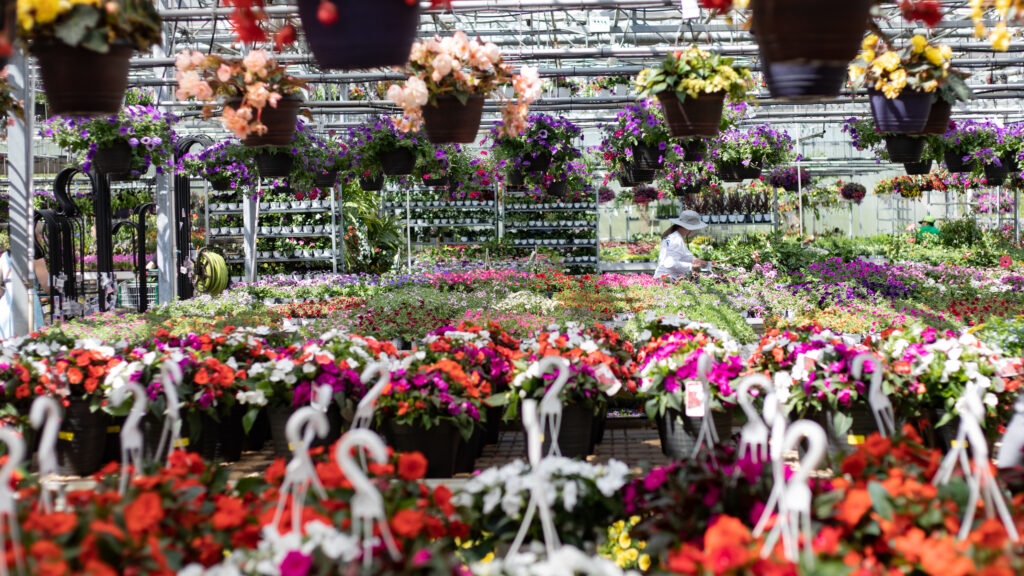Controlling Japanese Beetles
Japanese beetles may look cool and shiny but they're far from helpful - these bests chew through leaves and flowers interrupting pollination and damaging your gardens health.
Japanese beetles are among the most destructive garden pests in North America—and they don’t just munch on your plants. These shiny invaders actually interfere with pollination , harming the very process that helps your garden bloom and thrive. While bees, butterflies, and other pollinators assist your plants by transferring pollen, Japanese beetles chew through flowers and leaves, disrupting pollinator activity and causing widespread damage.
If you’re seeing skeletonized leaves, ragged flower petals, or clusters of iridescent green beetles, it’s time to take action. Here’s your go-to guide for how to get rid of Japanese beetles using proven solutions and best practices.

Why Japanese Beetles Are a Problem
Unlike beneficial insects, Japanese beetles are non-native garden pests with no natural predators in many parts of the U.S. Adult beetles feed on over 300 types of plants—including roses, hibiscus, grapes, and ornamental trees—devouring the leaves, flowers, and fruit.
But that’s not all. Japanese beetles:
Damage flowers before pollinators can access them
Defoliate plants, weakening their health and appearance
Disrupt natural pollinator patterns by competing for the same blooms
Lay eggs that become root-eating grubs in your lawn and beds
4 Effective Ways to Control Japanese Beetles
1. Knock Down Active Beetles
For quick, on-contact control, Bonide Japanese Beetle Killer is your first line of defense. This ready-to-use spray is ideal for targeting beetles directly on affected plants. Use it during cooler parts of the day—early morning or late evening—when pollinators are less active, and beetles are feeding the most.
2. Protect Flowers from the Inside Out
Looking for long-lasting protection? Bayer Rose & Flower All-In-One is a systemic treatment that works through your plant’s roots and tissues. It kills Japanese beetles and other harmful pests while also feeding your plants and protecting against disease. It’s perfect for ornamental flowers like roses, zinnias, and dahlias that are frequent beetle targets.
3. Trap Them
Japanese beetle traps can be incredibly effective—but placement is key. Using a combination of floral and pheromone lures, Safer Brand Japanese Beetle Traps attract beetles from up to a mile away. Make sure to hang traps at least 30 feet away from your garden or prized plants, or you may end up attracting more beetles to the problem.
4. Break up the Lifecycle
The best way to reduce future beetle invasions is to break the life cycle. Japanese beetle larvae (grubs) live in your soil, feeding on grass roots before emerging as adults. Apply Grubex in early spring or late summer to kill these grubs before they develop, and protect your lawn and landscape from damage.
Garden-Friendly Tips for Using Japanese Beetle Control Products
Treat at the right time: Early morning or evening applications are best, especially to avoid harming bees and butterflies.
Avoid flowering plants during application: Only spray foliage when pollinators aren’t present.
Water thoroughly after using Grubex to help it reach the root zone where grubs are active.
Monitor regularly: Adult beetle populations can change quickly. Daily checks can help you respond early.
Don’t Let Japanese Beetles Take Over
Your garden should be a haven for pollinators—not a buffet for invasive pests. By combining Bonide Japanese Beetle Killer , Bayer Rose & Flower All-In-One , Safer Brand Traps , and Grubex , you can effectively stop beetles at every stage of life while helping your plants thrive.
Need help choosing the right solution? Visit Alsip Home & Nursery or shop online at shipmyplants.com for all your Japanese beetle control products.














